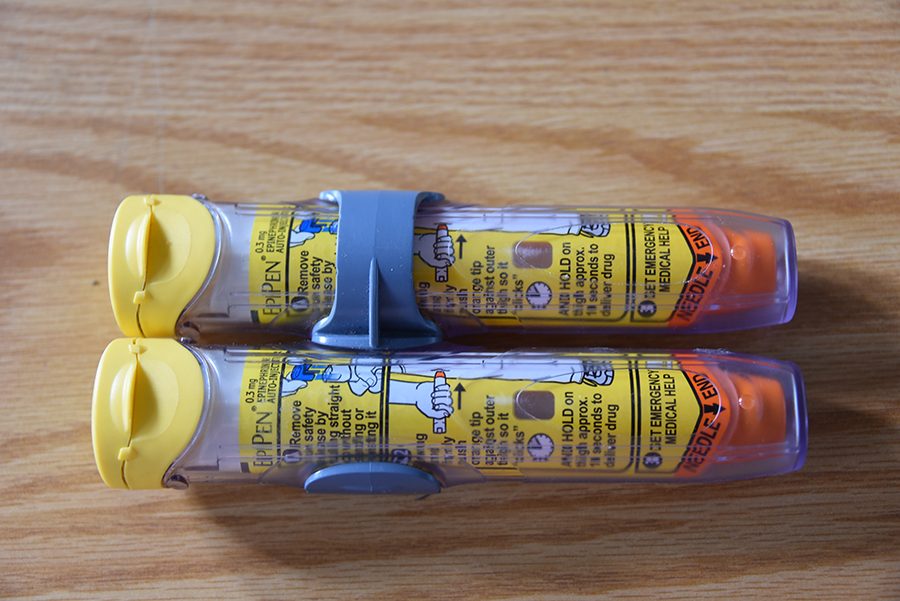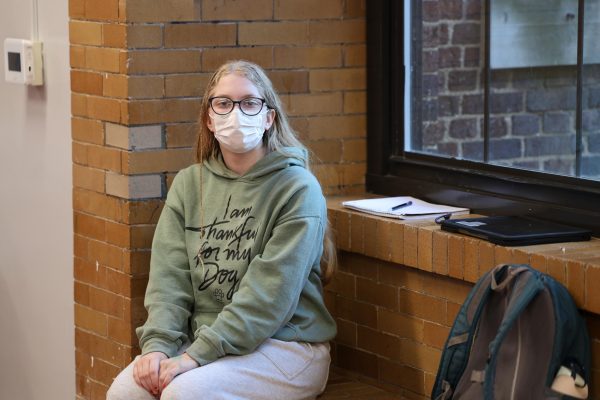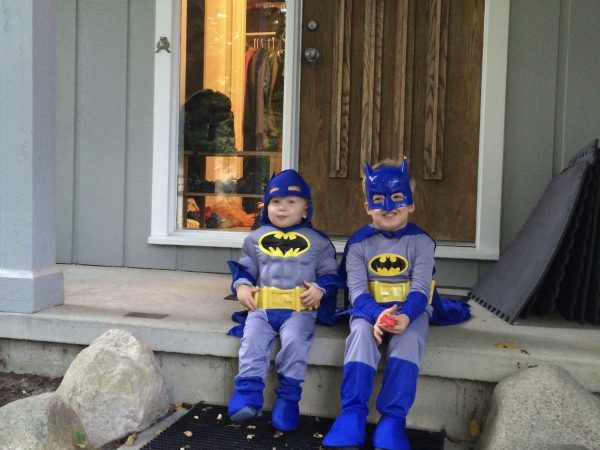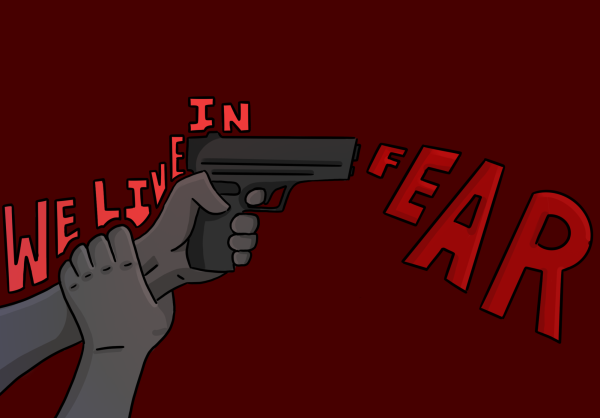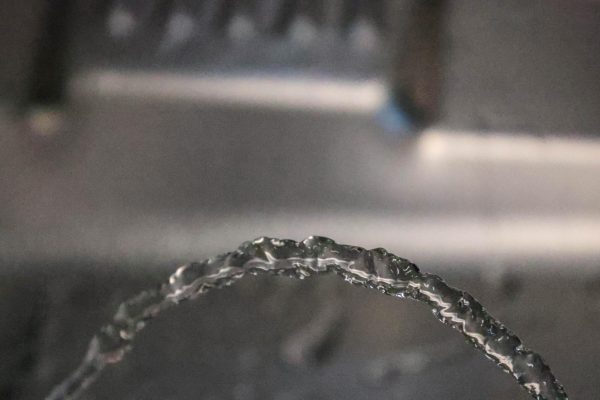EpiPen Costs Skyrocket
A two-pack of EpiPens now cost $600 despite only costing $30 to produce.
What is to blame for allergic reaction deaths? The allergy? The food makers? The consumer? Or is it the inability to own an EpiPen? EpiPens are an injection containing a chemical that narrows blood vessels and opens airways in the lungs, therefore delaying the effects of allergic reactions.
EpiPens are overpriced and Mylan is to blame.
Recently, the cost of EpiPens has skyrocketed. Over the last two years the costs have multiplied by five times what they were in previous years. In 2008 a two-pack of EpiPens cost $100. Now, they are going for more than $600.
The cost of EpiPens is ridiculously high. According to professionals, the auto injector device has a maximum production cost of no more than $30 with the actual drug, Epinephrine, costing about $1 per device.
In addition to this, EpiPens have a lifetime of 18 months before they go bad. Epinephrine’s effect wears off rapidly compared to other drugs. EpiPens are a one-use-only mechanical tool: once they have been used they are no longer good to be used again. Therefore, the $600 cost is not a one time thing; New EpiPens have to be bought every year and a half, or as often as an allergic reaction occurs.
Allergies affect 1 in 13 children, many of which need EpiPen auto injectors in case of an emergency. Children often need to have more than one set of EpiPens. One for school, one for home, one for a sports bag, car, etc., these can all add up to over a thousand dollars.
Annually, August is the biggest-selling month for these devices, with 70 percent of the prescriptions going to people 18 and younger due to back to school purchases.
In addition to the general price of EpiPens rising, Mylan CEO Heather Bresch’s salary has increased over 700% to over 19 million dollars.
Brasch defended the price raises because their product is now with many third-parties, including wholesalers and pharmacies. Pharmacy managers now get paid from the sale of EpiPens to consumers directly.
She has also blamed the price increases on more Americans recently being covered by high-deductible health insurance plans. This requires them to pay more out-of-pocket for health services including drugs, so the cost necessarily has not gone up but the out of pocket cost has for the customers.
Not everything Mylan does is negative. Mylan runs an EpiPens4Schools program, which gives more than 700,000 EpiPens to schools across the country for free since 2012. Schools also can buy the injectors at a discounted price.
Despite this, the cost of EpiPens are too high. Many people’s lives depend on it. There are deaths every week because someone ate something they were allergic to. An EpiPen in that case is a matter of life or death. All together with medications, EpiPens and doctor appointments, food and insect allergies cost about $25 billion each year for Americans and their health insurance companies.
Over 50 million people in the United States have allergies. Allergies, including asthma, are the fifth leading disease in the U.S. for people of all ages. Not all of them can afford $600 medicine. Over 14 percent of Americans live in poverty, that equates to nearly 45 million people. Those are some of the same people who need medications to treat allergies but cannot afford them or health insurance. Medicine needs to be affordable for all people. Especially when that medicine can save a life.
Mylan has been in the spotlight more and more for their price rises. Feeling the pressure, they have since announced that they will be coming out with a generic auto injector. The generic brand will cost around $300 for a two pack, half of the original device.
Yes, it is understandable that EpiPen turns a profit. Mylan is a business and has to make money, but they should not be making over a $550 profit on each EpiPen bought.
https://www.foodallergy.org/facts-and-stats

Cammi is in her fourth year on staff and is a senior at Community. This is her second year making up 1/4 of the print editor-in-chief team. When not working on The Communicator, she can be found playing golf and basketball for Skyline, lawyering at Mock Trial, singing camp songs off key at Camp Al-Gon-Quian or climbing trees. Cammi’s favorite part of journalism is when an interviewee says something special or powerful out of the blue. Two averagely fun facts about Cammi are that 1 ) she is scared of lightning but loves rain and 2) her favorite shape is a triangle.



